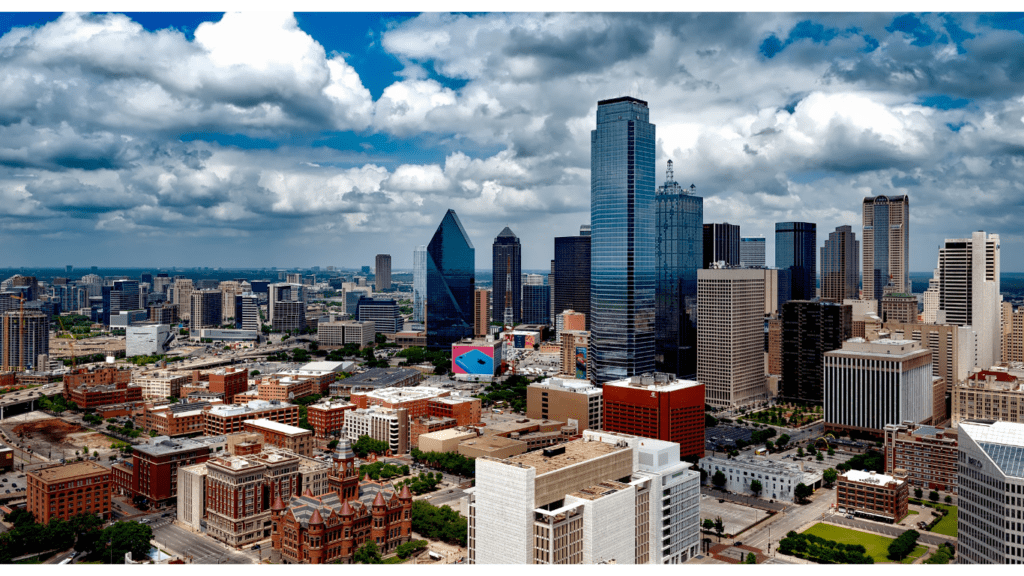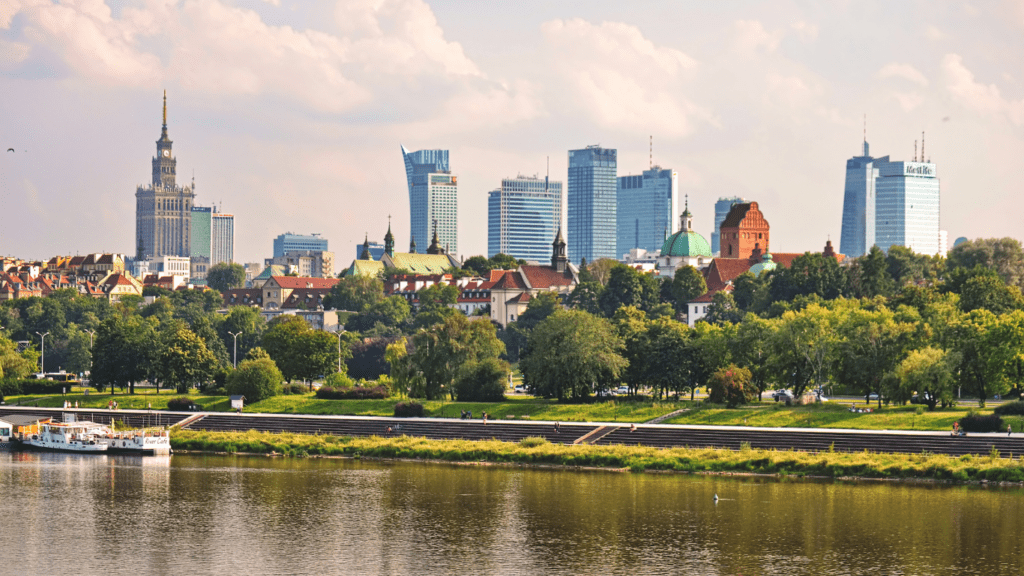Understanding Sustainable Cities
Key Principles of Urban Sustainability
- Urban sustainability relies on several key principles. Efficient resource use, including renewable energy and water conservation, forms the backbone.
- Sustainable cities must reduce their carbon footprint by promoting green energy sources like solar and wind power.
- Transport networks should prioritize public transit, biking, and walking to cut emissions.
- Buildings need to be energy-efficient with eco-friendly designs.
- Waste reduction, through recycling and composting, is necessary to manage urban waste effectively.
- Integrating green spaces, such as parks and urban forests, enhances air quality and provides recreational areas for residents.
Importance of Community Involvement
Community involvement is crucial in sustainable urban development. Residents must participate in decision-making processes to ensure that solutions meet local needs.
Public consultations, workshops, and surveys can gather input on urban projects. When the community engages, there’s a higher chance of project success and acceptance.
Volunteer programs for local environmental projects foster a sense of ownership.
Community-led initiatives, like urban gardens, can promote sustainability practices. It’s also essential for city planners to provide education on sustainability to empower residents to contribute effectively.
Key Elements of Sustainable Urban Design
Green Building Technologies
Green building technologies incorporate materials and processes that enhance environmental efficiency.
Buildings benefit from green roofs, which reduce heat gain in summer and provide insulation in winter. Solar panels offer clean energy, reducing dependency on fossil fuels.
Rainwater harvesting systems collect and store water for non-drinking purposes, easing pressure on municipal supplies.
Implementing these techniques creates structures with reduced environmental footprints while also potentially cutting operational costs.
Energy and Resource Management
Effective energy and resource management involves the integration of systems designed to maximize efficiency and reduce waste.
Smart grids optimize energy distribution and minimize outages, ensuring that renewable energy sources are effectively utilized.
LED streetlights consume less power and have longer lifespans compared to traditional bulbs. Water recycling systems treat greywater for reuse in irrigation, contributing to overall water conservation efforts.
Prioritizing these measures within urban planning frameworks supports sustainability goals by reducing resource consumption and minimizing environmental impact.
Challenges in Developing Sustainable Cities
Economic and Political Constraints
Budget limitations often hinder sustainable city projects. Municipalities face tight budgets and competing priorities, making it difficult to allocate funds for eco-friendly initiatives.
Cost-effective solutions, like energy-efficient lighting, still require initial investments that some cities struggle to afford.
Political will also plays a critical role. City leaders must balance short-term needs with long-term sustainability goals.
For instance, proposed green spaces may clash with plans for commercial development, creating conflicts of interest.
If decision-makers prioritize economic gains over environmental benefits, sustainability initiatives may stall.
Policy consistency is another challenge. Frequent policy shifts can disrupt ongoing projects.
For example, changes in government can lead to revised urban planning policies, affecting long-term sustainability goals.
Consistent and supportive policies are essential for sustained progress in urban sustainability.
Technological Hurdles
Advanced technologies are pivotal in sustainable urban planning. However, the integration of such technologies faces several obstacles.
For instance, the implementation of smart grids, which optimize energy distribution, is complicated by outdated infrastructure.
Cities may require significant upgrades to existing systems to accommodate new technologies.
Public transportation is another area where technology is crucial.
Electric buses and trains reduce emissions but depend on existing infrastructure that might not support them fully.
For instance, charging stations and maintenance facilities need enhancements to support an all-electric fleet.
Data management poses another challenge. Smart cities rely on massive amounts of data for efficient operation.
Cities need robust systems to collect, analyze, and use this data effectively.
Cybersecurity is also a concern, as increased connectivity opens up vulnerabilities that need addressing.
Efforts to develop sustainable cities face various challenges. Economic and political constraints, along with technological hurdles, must be navigated to make meaningful progress.
Global Examples of Sustainable Urban Development

Case Studies from Europe
Europe has several successful examples of sustainable urban development. Copenhagen, Denmark, often ranks as one of the world’s most sustainable cities.
The city prioritizes cycling, with over 390 kilometers of dedicated bike lanes and ambitions to become carbon-neutral by 2025. Public transportation is highly efficient, and renewable energy usage is widespread.
In Germany, Freiburg is renowned for its focus on green energy and eco-friendly policies.
The city implements solar energy extensively, and eco-districts like Vauban demonstrate how urban sustainability can integrate housing, commerce, and green spaces.
Vauban features low-energy buildings and prioritizes public transportation over private vehicles.
Stockholm, Sweden, embodies sustainable urban planning with districts like Hammarby Sjöstad.
This area recycles waste into energy, uses efficient water management systems, and prioritizes pedestrian and bike-friendly infrastructure.
The city aims to become fossil-fuel-free by 2040. Additionally, eco-friendly ferries and electric buses reduce the carbon footprint.
Innovations from Asia
Asia showcases innovative approaches to sustainable urban development.
- Singapore leads with its concept of a “City in a Garden”.The city-state integrates green spaces throughout urban areas, and mandates green buildings through its Green Mark certification.
Waste management strategies involve converting waste to energy, reducing landfill use significantly. - Tokyo, Japan, has focused on creating a resilient urban environment. The city employs green roofs and walls to mitigate the urban heat island effect, and promotes energy-efficient buildings.
Tokyo is also investing heavily in hydrogen energy, aiming for zero-emission public transport by 2030.
- In China, Shenzhen has transformed into a model for electric public transit. The city operates over 16,000 electric buses and 22,000 electric taxis, significantly lowering urban pollution.
The Chinese government supports micro-mobility, like e-bikes and shared scooters, to improve last-mile connectivity and lessen traffic congestion.
These global examples illustrate how sustainable urban development can take diverse forms, yet align on common principles of efficiency, renewability, and community well-being.

